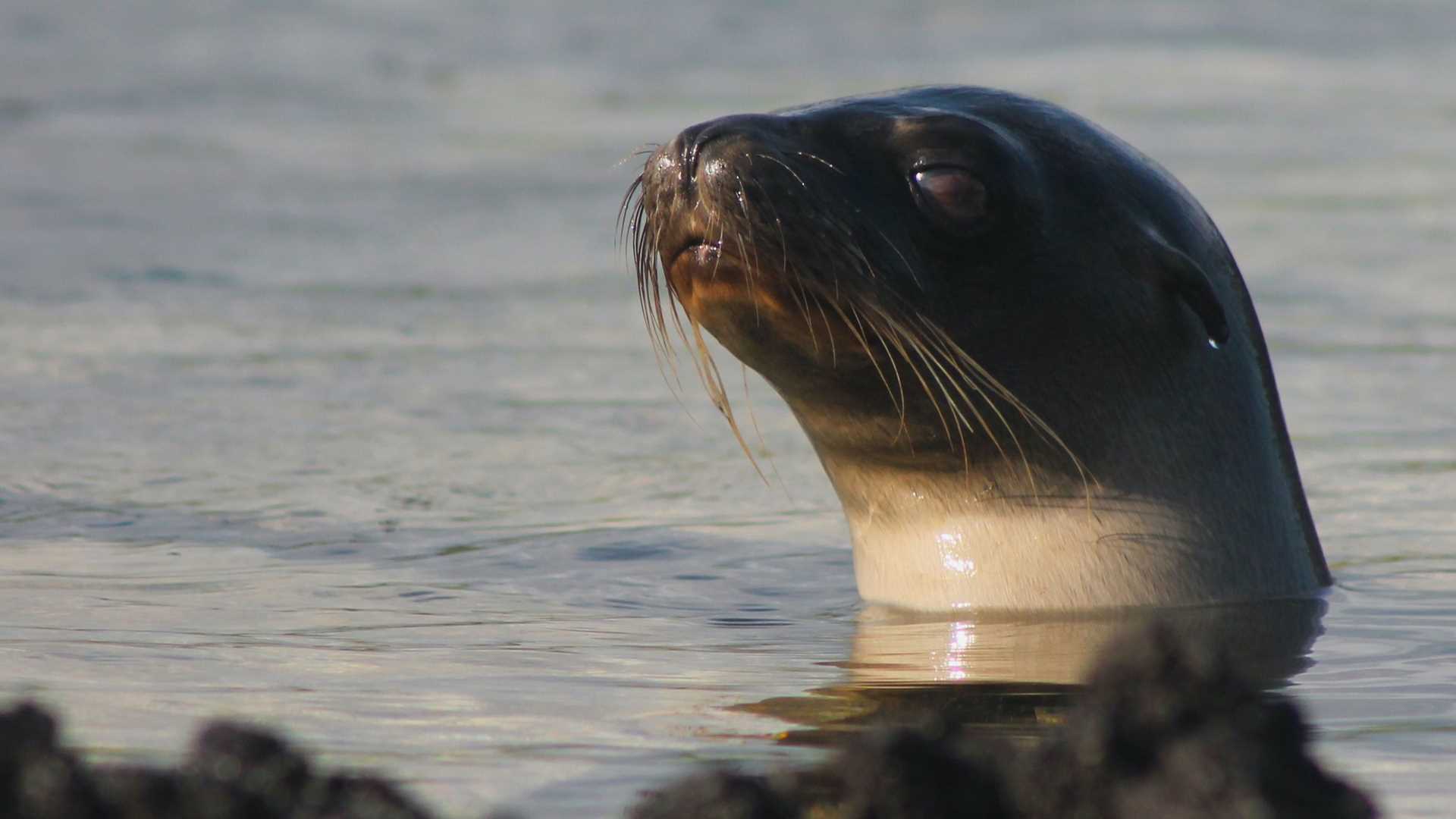Today we continued navigating along Santa Cruz’s shoreline. In the early morning, we started with a hike along Cerro Dragón. This low-lying hill on the northern side of the island is named after the prehistoric looking land iguanas found in the area. Protection for the land iguanas was included in the national park’s conservation management in the 1970s due to their displacement by introduced species, like feral dogs and donkeys. After recovering their habitat, Cerro Dragon was reopened. After 52 years, the population of land iguanas still competes with introduced species. National Geographic Endeavour II guests observed and photographed the reptiles. Later in the day, we continued with our last stop at Borrero Bay around the northern side of Santa Cruz. The beautiful coastline is filled with productive mangrove zone areas (red and white mangroves). This area holds great importance for the development of a number of fish, mollusks, and crustacean species. It also has economic importance for the income of the Galapagos Islands.
To close the day, we viewed an astonishing sunset while circumnavigating Daphne Major, a tuff cone with a volcano-like appearance located about 10 km west of Baltra/South Seymour. For more than 30 years, this eroded islet was the home and office of Rosemary and Peter Grant and colleagues. This group of scientists spent their time studying the interaction of finches with their environment.







